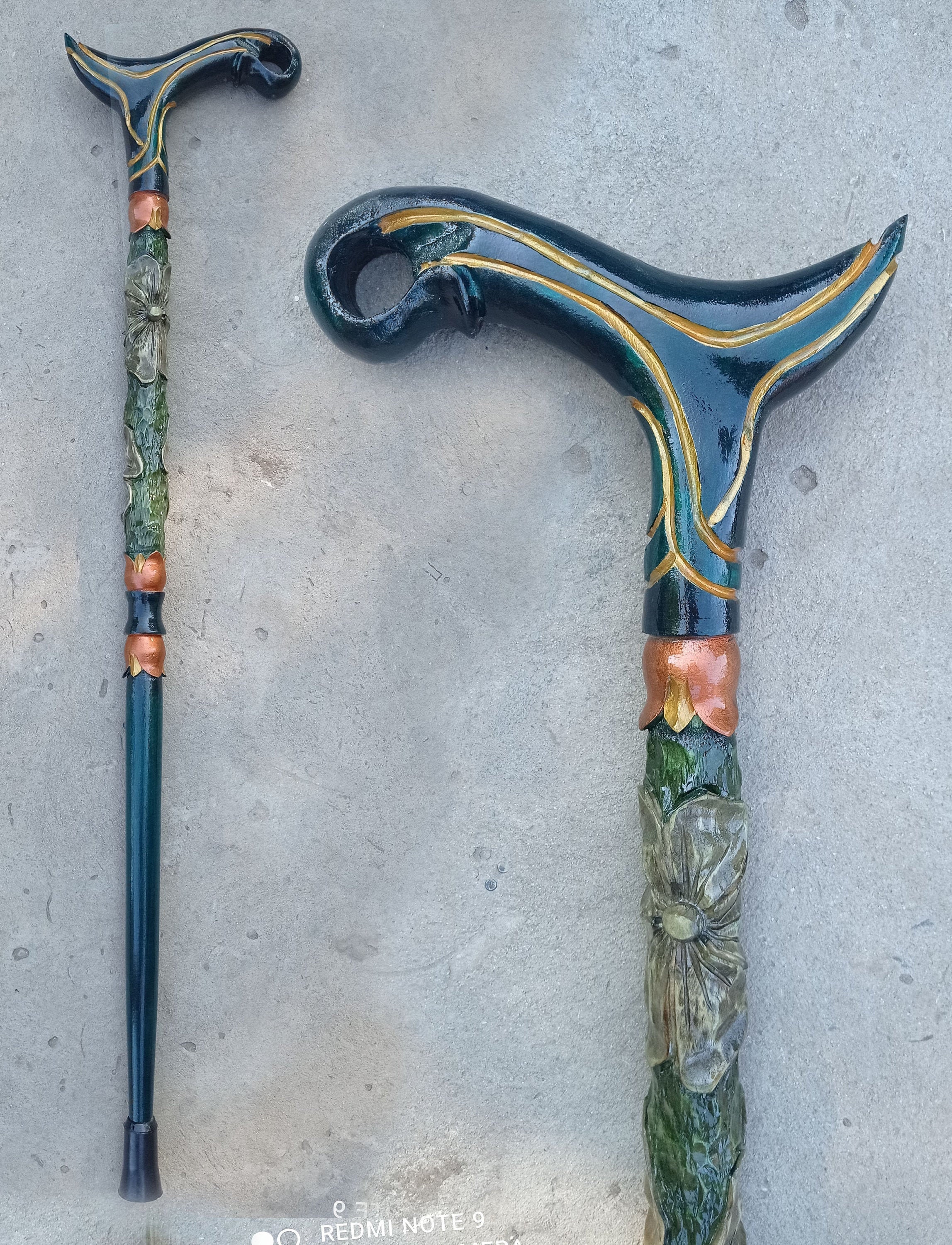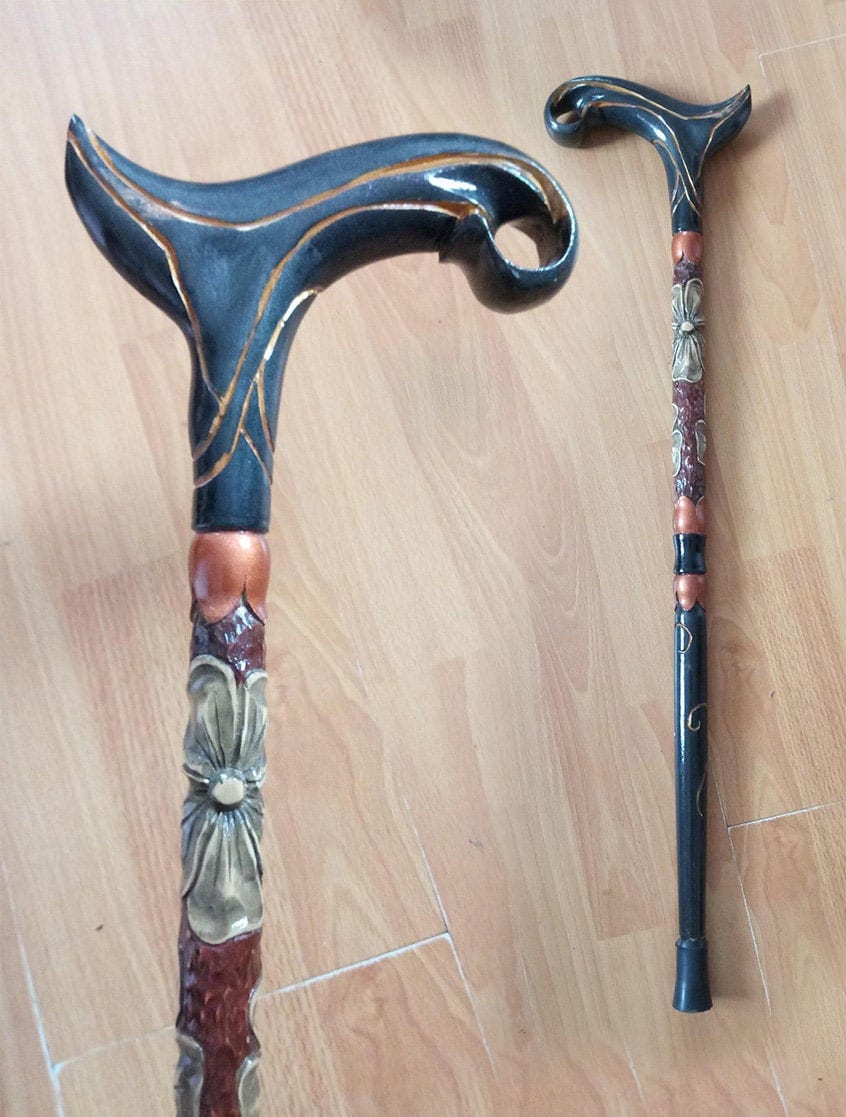Introduction to Decorative Walking Canes
Walking canes have long been associated with mobility issues; however, they have evolved into artistic expressions that reflect personal style. Decorative walking canes for women not only serve a practical purpose but also enhance your aesthetic. This guide will take you through the world of decorative canes, sharing personal insights, product features, and tips for choosing the perfect cane.
Why Choose a Decorative Walking Cane?
Using a walking cane can provide stability and support, especially as we age or if we have certain health issues. But why settle for a plain, utilitarian design when you can choose a decorative walking cane that expresses your personality? Here are some compelling reasons:
1. Personal Expression
Just like any accessory, a cane can reflect your style. From elegant patterns to vibrant colors, decorative canes allow you to express who you are.
2. Enhanced Functionality
Many decorative walking canes are designed not just for aesthetic appeal but also with functionality in mind. This means you don’t have to sacrifice support for style.

3. Boosts Confidence
Using a stylish cane can boost your confidence. It makes a statement and shows that you embrace your mobility challenges while maintaining your unique style.
Types of Decorative Walking Canes
There are several types of decorative walking canes available, each designed to cater to various preferences and needs. Here are some popular styles:

1. Classic Canes
Traditional canes featuring ornate handles (like those made of wood or metal) combined with beautifully designed shafts. Perfect for formal settings or daily use.
2. Folding Canes
These canes are handy for travel and easy storage. Many come in a variety of stylish designs, making them both practical and fashionable.

3. Novelty Canes
These canes have whimsical designs featuring unique shapes or embellishments. They’re great conversation starters and can be a fun accessory.
4. Artistic Canes
These canes may feature intricate artwork, designs, or even custom engravings. They serve as a piece of art while being fully functional.

Materials Used in Decorative Walking Canes
The material of the cane affects both its look and functionality. Here are some common materials used in decorative canes:
- Wood: Classic and sturdy, wooden canes can be carved into beautiful designs.
- Aluminum: Lightweight and durable, aluminum canes can easily feature external designs.
- Carbon Fiber: Extremely strong and lightweight, carbon fiber canes often come in modern designs.
- Plastic: Available in a multitude of colors and styles, plastic canes are often the most affordable option.
Choosing the Right Decorative Walking Cane
Selecting the perfect decorative walking cane involves considering several factors:

1. Height
The cane should be the right height for your comfort. When standing, the cane should reach your wrist when your arm is at your side.
2. Handle Type
Different handle types provide varying levels of comfort and grip. Common types include crook handles, T-handles, and ergonomic grips.

3. Weight Capacity
Make sure the cane can support your weight. Check the specifications before purchasing.
4. Design and Personal Preference
Choose a design that resonates with your style. Whether you prefer floral patterns, geometric designs, or classic aesthetics, there’s a cane for everyone.

Comparison of Popular Decorative Walking Canes
| Model | Material | Design | Weight Limit | Price |
|---|---|---|---|---|
| Classic Wooden Cane | Wood | Elegant engravings | 250 lbs | $45 |
| Folding Aluminum Cane | Aluminum | Floral design | 300 lbs | $35 |
| Novelty Walking Cane | Plastic | Whimsical shapes | 200 lbs | $25 |
| Artistic Customized Cane | Carbon Fiber | Custom artwork | 350 lbs | $120 |
Benefits of Using Decorative Walking Canes
In addition to serving as a balance aid, decorative canes offer numerous other benefits:
1. Comfort and Support
They provide stability as you navigate through life, helping to prevent falls.
2. Versatility
Canes can be used in various environments, from casual outings to more formal events.
3. Increased Social Interaction
Having a stylish cane often encourages conversations, helping to break the ice with new acquaintances.
Personal Experience: My Journey with a Decorative Cane
At the age of 65, I found myself needing assistance for stability while walking. Initially, I was hesitant to use a cane, fearing it might signal my old age. However, after encountering a beautifully designed decorative cane adorned with floral patterns, my thoughts shifted. It became a statement piece that complemented my outfits and showcased my personality. From that moment on, my cane became a trusted companion, giving me both support and confidence in public settings.
Pros and Cons of Decorative Walking Canes
Pros
- Stylish and unique designs.
- Provides support and stability.
- Encourages social interactions.
- Can be a conversation starter.
Cons
- May be priced higher than basic canes.
- Some designs may not cater to extreme functionality.
- Weight limits vary; may not accommodate all users.
FAQs about Decorative Walking Canes
1. Are decorative walking canes sturdy enough for everyday use?
Yes, many decorative canes are designed with functionality in mind and are built to provide reliable support for everyday use.
2. Can I customize my walking cane?
Absolutely! Many retailers offer customization options, allowing you to choose designs, colors, and even engravings.
3. What is the weight limit for decorative canes?
Weight limits vary by model. Always check the manufacturer’s specifications to ensure it meets your needs.
4. How do I maintain my decorative walking cane?
Regularly check the cane for any signs of wear. Clean it according to the material (wood, aluminum, etc.) to maintain its appearance.
5. Where can I buy decorative walking canes?
Decorative walking canes are available at medical supply stores, specialty cane shops, online retailers, and even custom artisans.